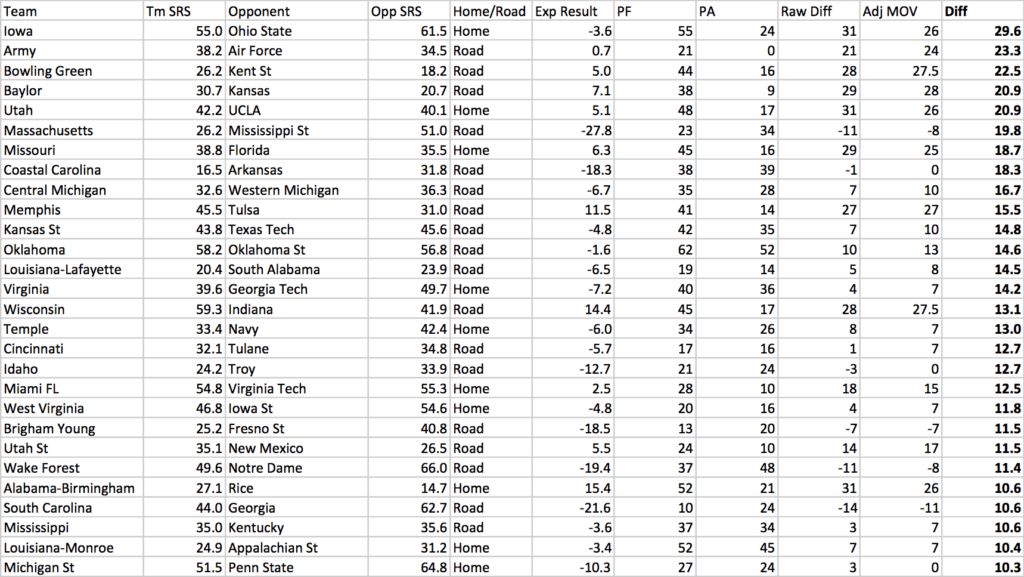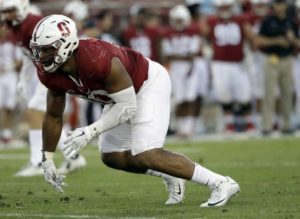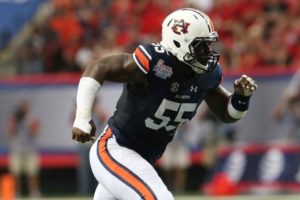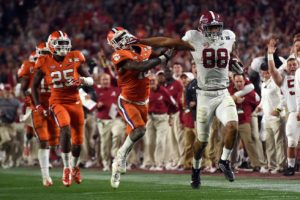One of the most unique parts of the 2021 NFL Draft was the reuniting of college teammates in the passing game. The Cincinnati Bengals drafted LSU quarterback Joe Burrow first overall last season; holding the 5th overall selection this year, Burrow was rumored to be pushing his organization to draft his former teammate, Tigers WR Ja’Marr Chase. The Bengals did in fact pull the trigger on Chase, making them the extremely rare combination of quarterback and receiver to get drafted out of the same college and to the same team in the first round in back to back years.
But it didn’t stop there. With the very next pick, Miami drafted Alabama WR Jaylen Waddle, a year after drafting Crimson Tide quarterback Tua Tagovailoa with the fifth overall pick. But it didn’t stop there: Alabama WR DeVonta Smith was selected by the Eagles with the 10th overall pick, and that reunites him with Jalen Hurts, the Eagles starting quarterback and a member of the 2017 and 2018 Crimson Tide teams. [continue reading…]








